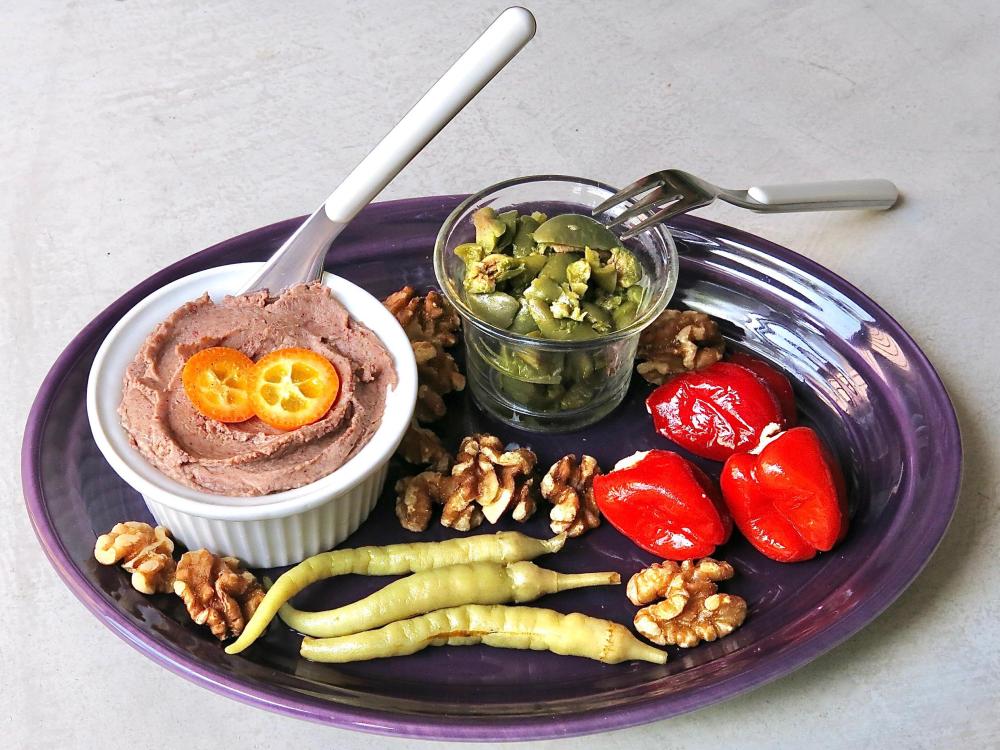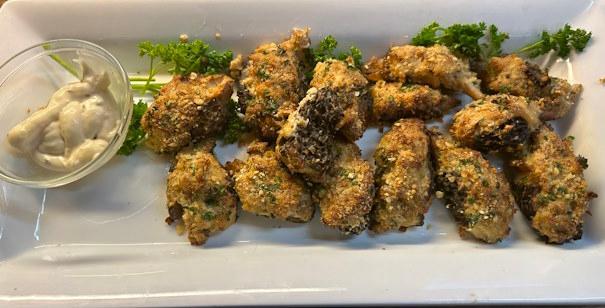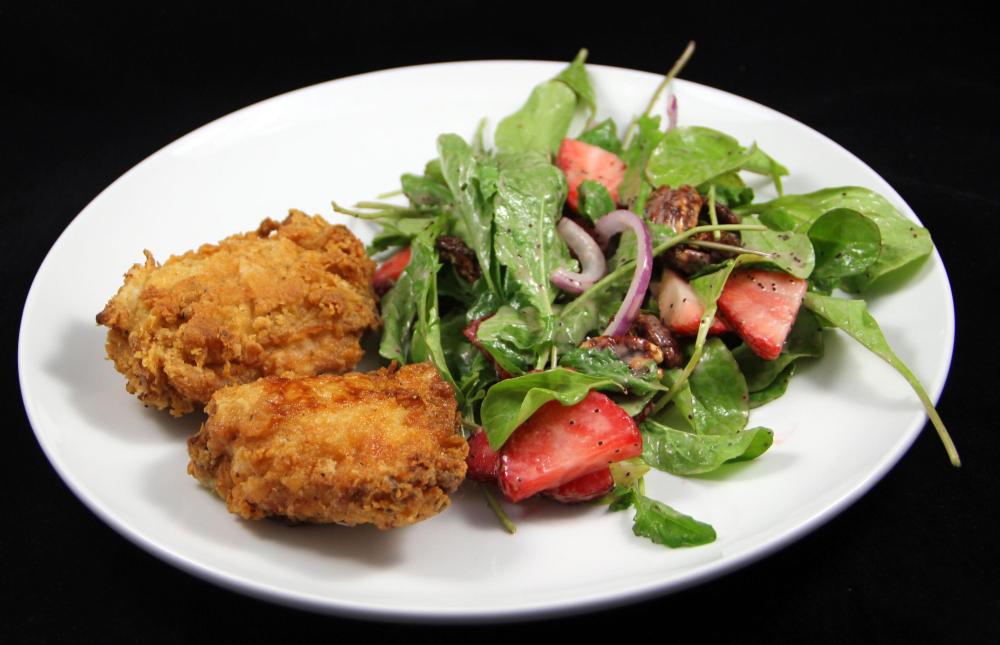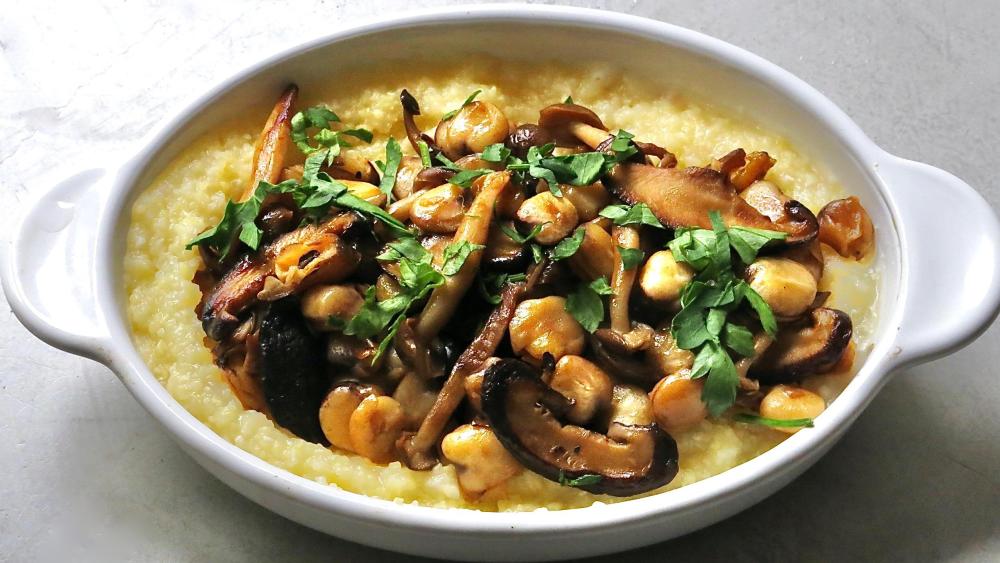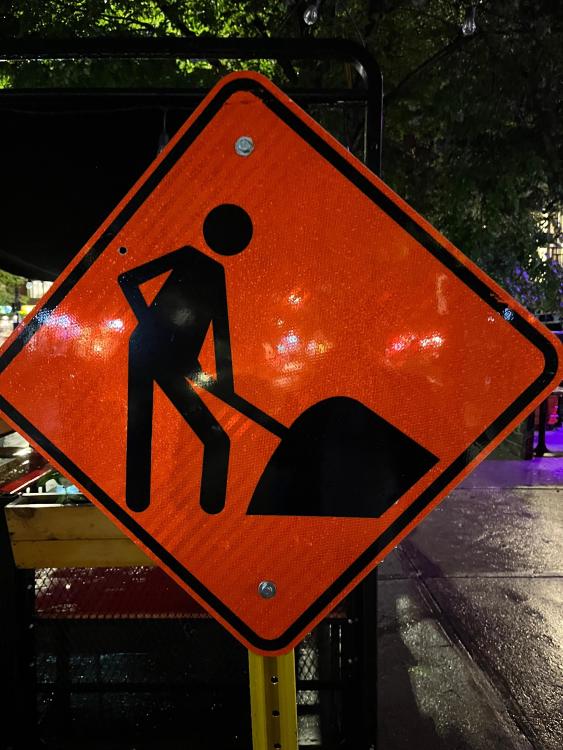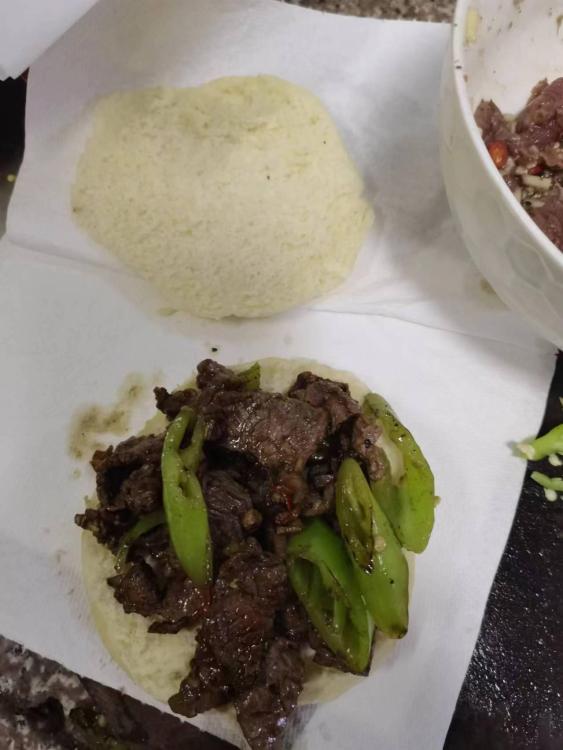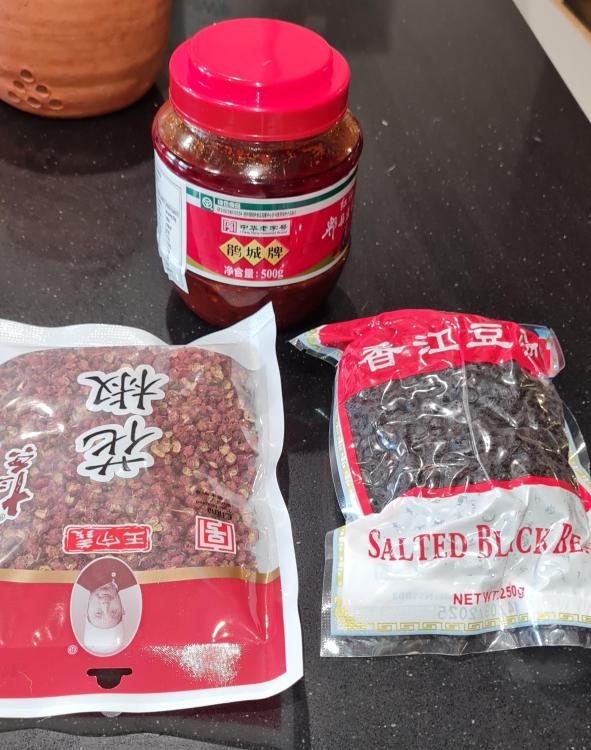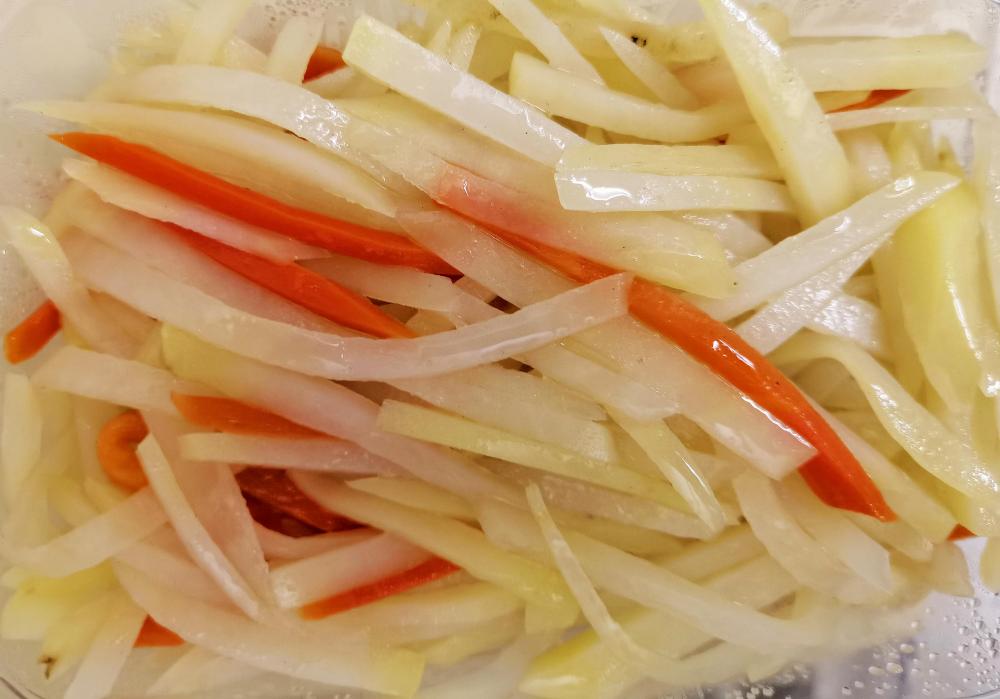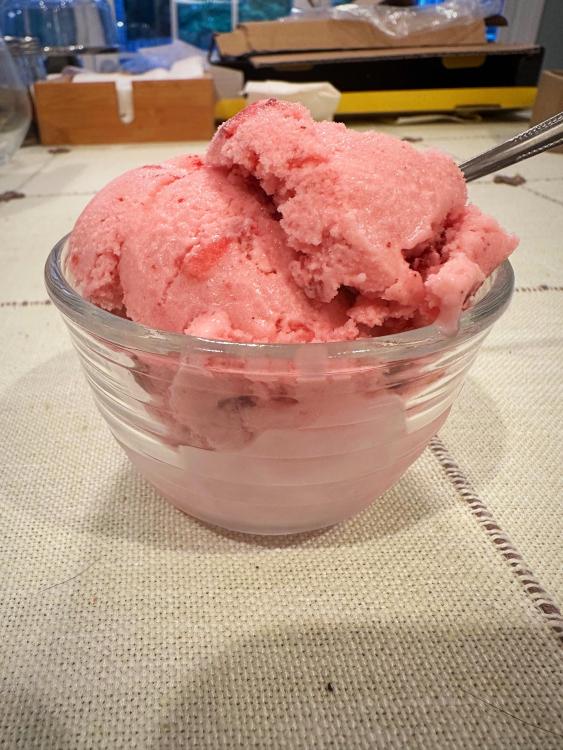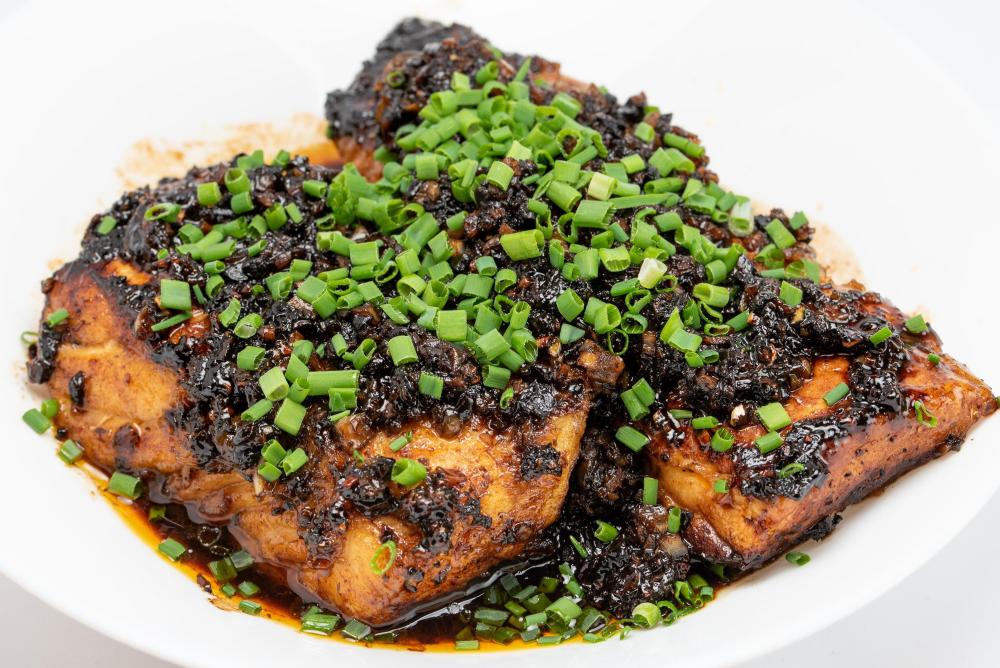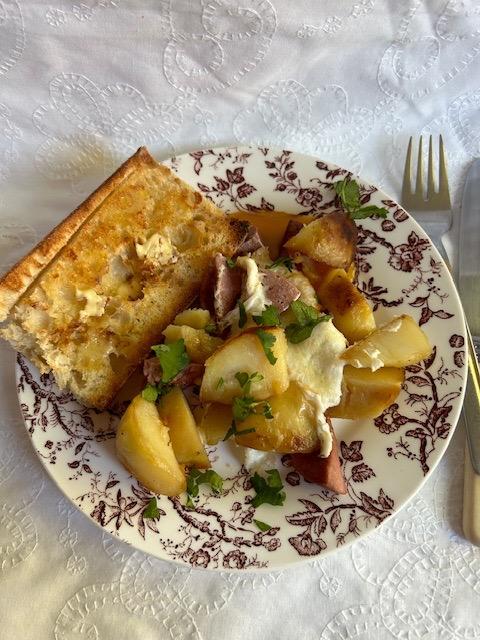-
Welcome to the eG Forums, a service of the eGullet Society for Culinary Arts & Letters. The Society is a 501(c)3 not-for-profit organization dedicated to the advancement of the culinary arts. These advertising-free forums are provided free of charge through donations from Society members. Anyone may read the forums, but to post you must create a free account.
All Activity
- Past hour
-
Based on the cutaway diagram All-Clad provides, it looks like all the layers are the same thickness? I wasn't aware of this (upper layers heat). I would assume the farther from the induction coil the metal is, the more diffuse the effect. Having said that, I have wondered how far above the glass the induction effect is present, it doesn't seem like it extends very far up at all. It's also worth noting that the Control Freak ain't most induction burners, it has really good coverage compared to lesser units. I didn't know anything about skin depth, but from a quick googling it seems like my entire question is perhaps moot…whatever's going on in the pan interior doesn't matter past ~1 mm if I'm reading correctly? (In terms of direct heating from induction, I mean. Obviously moving heat around matters a lot.) So if I've got you right, you're saying that if induction was able to reach all the way through the pan, that would be a bad thing because the heat from induction would be created in the top and bottom surfaces, which is obviously bad for cooking. Better is to create heat only in the bottom surface and let it diffuse?
-
like so many things, the "original" is not to be 'proven with rigor' this site gives the history - which apparently is traceable - and a raft of ingredients & prep. the major issue is the definition of 'Torte' - distinguished from 'cake' - by the use of nut flour vs. wheat flour . . . sorta' maybe perhaps and 'could be' . . . https://www.kitchenproject.com/history/BlackForestCake/index.htm
-
It's a little like the thin copper A-C uses in Copper Core. Also the conductivity of this graphite, while impressive in the lateral direction (about 1300W/mK), isn't spectacular orthogonally. I would expect G5 not to mitigate the induction donut hole. My piece is the small skillet, which isn't a good test bed. People debate whether having upper layers heat is a good thing. I say no, because it merely puts the donut closer to the food, avoiding what blunting and spreading would otherwise happen. There are also skin depth issues.
-
. . . . which I'm guessing means no. yes - that the best guess available because . . . . one has to muse....what exactly/else is used by AlClad in the 'layer' - which mebets they're not gonna' tell you . . . it's a good heat conductor - just a substitute for copper?
- Today
-
I see. Upon further investigation I see what you're saying. I guess this is so light and conductive that it wouldn't matter much if it were induction compatible. I was thinking it was more like a big heavy block in the middle of the pan. I can't see how a thin sheet like this would make much difference … seems to me to be a way of capitalizing the work they've put in so far so they can justify further R&D funding? I'm still interested to understand if pyrolytic graphite (the kind used in the pan) can be heated by induction directly, just for academic purposes. Everything I can find on the subject says that it's diamagnetic, which I'm guessing means no.
-
Of course! One of the reasons we are here (after deciding to skip Mexico this year)! Will be doing a few river cruises to see Bornean wildlife (who owns us absolutely nothing). Afraid of frequent heavy rainfall and mosquitoes (who find me particularly tasty with my multiple allergies).
-
Snacky lunch. Red Bean, Walnut, and Pomegranate Pâté from Cool Beans by Joe Yonan with olives, pickle-y stuff, walnuts. Triscuits not shown. This pâté LOOKS almost exactly like a chicken liver pâté. The taste, of course, is entirely different with sweet and tart pomegranate molasses and bright fresh garlic largely overwhelming the more earthy flavors of the beans and walnuts. Pickles are the recommended accompaniment so I started out with those skinny yellow piparra peppers in the front of the plate and some peperoncini. I enjoyed the heat but they were kind of piling on with more tartness. Olives came to mind and sure enough, some bashed up some Castelvetrano olives were just the ticket. Good thing as I've got quite a bit of that pâté!
-
Yes!!!!! We'll be in Sabah this coming Christmas/New Years. This time of year is their rainy season - it should be quite dry in late Dec, early Jan. What is your plan while you're there? We'll be doing a few days of scuba diving - there is a underwater national park just off the coast of Kota Kinabalu, and then we're going to head east to hang out with some orangutans and sun bears....
-

Cleaning / Disinfecting with White Distilled Vinegar
blue_dolphin replied to a topic in Kitchen Consumer
And that's undiluted vinegar. -
lastpick joined the community
-
We first visited peninsular Malaysia in 2001. We were not in any hurry to return but we knew when we did it would be Malaysian Borneo. And now we are back! I have been checking the weather forecast every day prior to departure. "Thundery showers" and "severe weather warnings" every day. Yesterday morning we had better weather than "severe weather warnings" in the forecast. Hello Sabah! Temperatures hover round mid 30C/90F with very high humidity. Yikes! We are immediately reminded why we would rather not visit countries farther south or closer to the equator, or just too hot and humid in general. The most modern city in Sabah, the capital. Lots of places to eat on my street alone. Couldn't check in until early afternoon so we had coffee at a busy kedai kopi in the neighbourhood of the hotel. Nice black coffee (Malaysian Borneo has its own coffee production). The ice cubes here are safe. A proper restaurant buys ice from a supplier. The partner won't consume anything with ice in it, though. Iced drinks cost a fraction more, btw. Next time we'll have 3 each. A busy kedai kopi (coffeehouse) with own pastries and steamed buns, as well as typical local noodle soups and rice dishes. The prices of food in the capital are amazing. Even cheaper in smaller towns. First meal was at this well-regarded organic restaurant in the suburb (only a short taxi ride away). We chose the best time to come and had the place to ourselves for the first half hour. The restaurant has its own farms from where their vegetables, huge prawns, chickens, fish etc come from. Always young/green coconut whenever possible. It's one of my absolute favourite thing to drink (and eat the opaque flesh) when in a tropical country. Soft tofu with shiitake and egg whites. I don't like the slimy cornflour sauce in any food. But besides the slime we liked the tofu (which the restaurant makes their own). Sambal kangkung with prawns (easier for the partner to eat peeled prawns). For myself... huge prawns with salted yolk sauce. Shells in sambal belacan (= beh-lah-chan). It's all about the sauce for me. There is very little meat and hard to pull it out of the shell using a toothpick. The meat is too deep inside the shell. But in the end I did manage to eat them all. We are no Hainan chicken experts. It still tasted good to us. It was a big meal for us. Took 2 hours to eat. Friendly, interested and kind staff. The restaurant (and its good reputation) is very, very well-deserved. There are a few more things om their menu we want to try before we leave the capital. Malaysia on the world map. Borneo is a huge island (world's 3rd largest) and distances are vast. Position of Sabah in Malaysian Borneo. In my 2001 Malaysia travel guide the writer recommended to skip the rest of south eastern Sabah. Some Western governments still advise their citizens to avoid travelling in this part of the world. The guide book on left I bought in 2001 for the first trip to Malaysia (and Singapore). The style of writing for the Borneo section is irritating (the writer's personality comes through). I have also read the new Borneo guide by another publisher (on right in this photo), whose style is quite different. But it's good to get ideas and opinions from different sources. Took us long enough but we are happy to be here, finally (after deciding to skip Mexico this year)!
-
Right, it totally shows how vinegar is only minorly effective at room temp. And no matter what the disinfectant, the board or surface has to be cleaned first so that it can work.
-
The table in that reference illustrates that vinegar and peroxide are not giving complete sanitizing. And it doesn't even address not removing grease etc which will hinder bactericidal activity.
-
That is why I asked ... the suggested use of vinegar is very common ... just this morning I was watching a cooking video from a chef with, I believe, a very good reputation, and he too, recommended vinegar (as well as bleach). For years I was skeptical about using the technique, and stayed away from it. Sweetie used it in her home, friends have used it, chefs have recommended it, even America's Test Kitchen has suggested it. So, before relying upon it myself, it seemed like a good idea to ask here, where I generally respect and trust the knowledge of the forum members.
-
Miss K joined the community
-
Cleaning / Disinfecting with White Distilled Vinegar
Senior Sea Kayaker replied to a topic in Kitchen Consumer
Try taking advice from those with the appropriate scientific backgrounds and not citing clickbait as reliable sources. Of course you can do whatever you want. -
What about these rules for using it? https://extension.colostate.edu/docs/pubs/foodnut/kitchen-sanitize.pdf
-
We are not doubting you, but your "references" are not reliable sources. Clickbait, really. And trash science. H2O2 is also a lousy disinfectant esp at the concentrations available at home.
-

Cleaning / Disinfecting with White Distilled Vinegar
blue_dolphin replied to a topic in Kitchen Consumer
Good grief! 1:4 or 1:5 dilutions of vinegar in water aren't going to sanitize anything though it's quite nice to use for streak-free windows and mirrors. Bleach and hydrogen peroxide can sanitize if used correctly. -
Cleaning / Disinfecting with White Distilled Vinegar
KennethT replied to a topic in Kitchen Consumer
hmmm. I wonder if the hydrogen peroxide is doing the heavy lifting of the sanitizing here. I would be cautious of most hydrogen peroxide that you get in the drug store or supermarket - at 3% strength, it is not stable, so manufacturers add stabilizers which are not food grade. So if you wipe your boards with it, make sure you rinse it afterwards. I get 35% hydrogen peroxide that I use in quantity for my plants - since it is so strong, it is shelf stable for about 2 years so it has no additives, but I have to use it immediately once diluted. If you wind up getting 35% strength, be VERY careful with it - it is a very strong oxidizer and can burn your skin, not to mention eyes!!! -
It sounds as though you're doubting me, to put it mildly. Three of numerous similar articles. : https://www.arnoldwood.com/blog/how-to/sanitize-cutting-boards/#:~:text=To kill the germs on,wipe it with hydrogen peroxide. To kill the germs on your cutting board, use a paper towel to wipe the board down with vinegar, then use another paper towel to wipe it with hydrogen peroxide. Bleach – Sanitize both wood and plastic cutting boards with a diluted chlorine bleach or vinegar solution consisting of one teaspoon of liquid chlorine bleach in one quart of water or a one to five dilution of vinegar. Flood the surface with a sanitizing solution and allow it to stand for several minutes, then rinse and air dry or pat dry with paper towels. https://misen.com/blogs/news/how-to-clean-a-wooden-cutting-board#:~:text=Because vinegar is acidic%2C it,with a washcloth or sponge. Because vinegar is acidic, it helps disinfect the board by killing bacteria and mold and preventing their further growth. It can also help deodorize your board. Spray the board with a solution of 4 parts water to 1 part vinegar and wipe it down with a washcloth or sponge. https://www.thespruce.com/clean-wooden-cutting-board-4772583 Disinfect With a Daily Solution Spritz your wooden cutting board with distilled white vinegar or a solution of 3% hydrogen peroxide. Rinse with hot water. In these articles, other techniques were suggested as well, including using bleach and hydrogen peroxide.
-
Cleaning / Disinfecting with White Distilled Vinegar
Senior Sea Kayaker replied to a topic in Kitchen Consumer
Where to start. I'll start where @gfweb left off. Acetic acid is NOT a sanitizing agent. It will dissolve the scale on cookware and inside coffee machines but in no way has any effect on bacterial contamination. Those are very different chemical treatments. Can't imagine you've 'heard this said' but really bad advice. Use soap. -
Vinegar won't dissolve fats/grease which is half the problem on a cutting board. Vinegar pH is in the same range as stomach acid at best. Think of all the pathogens that make it through the stomach and its acid. Vinegar wouldn't touch them on a cutting board. Boiling water would do better
-
I've heard it said that cleaning and disinfecting cutting boards (plastic, bamboo, wood) and countertops can be done well with white distilled vinegar (is there another type besides white?). I believe this is correct, and I'm wondering if there are any caveats to this. BTW, I discovered that the vinegar will clean stainless cookware, and eliminate the haze and blue discolorations that one so often sees. I suspect that this is all old news to many folks here, but I'm late to the cleaning-with-vinegar technique.
-
We’ve been having St. Viateur bagels for breakfast daily; there’s an outpost directly across the street from our Airbnb, on Rue Mont-Royal est. I did have a black cherry soda with my smoked meat at Snowdon; the cream was Sig Eater’s! Nice to not have to deal with waiting on line at Snowdon, though they were quite crowded at lunch yesterday. Not pictured, each of us had a bowl of matzoh ball soup! My bubbe could’ve learned a thing or two about matzoh balls from Snowdon!
-
Took @Senior Sea Kayaker 's suggestions and made crab stuffed morels. They were very filling and rich, so we just had tartar sauce and a salad with them. Had some sauteed in butter and mixed in with scrambled eggs for lunch next day. YUM! Busy day digging in the flowerbeds, so a quick supper was needed. Fish Piccata with pickerel
-
Who's Online 20 Members, 1 Anonymous, 743 Guests (See full list)
-
Popular Now
-
Recent Forum Images




